前言:
对于MySQL 5.6以及之前的版本来说,查询优化器就像是一个黑盒子一样,你只能通过EXPLAIN语句查看到最后优化器决定使用的执行计划,却无法知道它为什么做这个决策。这对于一部分喜欢刨根问底的小伙伴来说简直是灾难:“我就觉得使用其他的执行方案⽐EXPLAIN输出的这种方案强,凭什么优化器做的决定和我想的不一样呢?”这篇文章主要介绍使用optimizer trace查看优化器生成执行计划的整个过程
optimizer trace 表的神奇功效
在MySQL 5.6以及之后的版本中,设计MySQL的⼤叔贴⼼的为这部分⼩伙伴提出了一个optimizer trace的功能,这个功能可以让我们方便的查看优化器生成执行计划的整个过程,这个功能的开启与关闭由系统变量optimizer_trace决定,我们看一下:
mysql> show variables like 'optimizer_trace';
+-----------------+--------------------------+
| Variable_name | Value |
+-----------------+--------------------------+
| optimizer_trace | enabled=off,one_line=off |
+-----------------+--------------------------+
1 row in set (0.01 sec)
可以看到enabled值为off,表明这个功能默认是关闭的。
小提示:
one_line的值是控制输出格式的,如果为on那么所有输出都将在一行中展示,不适合⼈阅读,所以我们就保持其默认值为off吧。
如果想打开这个功能,必须⾸先把enabled的值改为on,就像这样:
mysql> SET optimizer_trace="enabled=on";
Query OK, 0 rows affected (0.00 sec)
然后我们就可以输入我们想要查看优化过程的查询语句,当该查询语句执行完成后,就可以到information_schema数据库下的OPTIMIZER_TRACE表中查看完整的优化过程。这个OPTIMIZER_TRACE表有4个列,分别是:
QUERY:表示我们的查询语句。TRACE:表示优化过程的JSON格式⽂本。MISSING_BYTES_BEYOND_MAX_MEM_SIZE:由于优化过程可能会输出很多,如果超过某个限制时,多余的⽂本将不会被显示,这个字段展示了被忽略的⽂本字节数。INSUFFICIENT_PRIVILEGES:表示是否没有权限查看优化过程,默认值是0,只有某些特殊情况下才会是1,我们暂时不关心这个字段的值。
完整的使用optimizer trace功能的步骤总结如下:
步骤一: 打开optimizer trace功能 (默认情况下它是关闭的):
mysql> SET optimizer_trace="enabled=on";
Query OK, 0 rows affected (0.01 sec)
步骤二: 这里输入你自己的查询语句
SELECT ...;
步骤三: 从OPTIMIZER_TRACE表中查看上一个查询的优化过程
SELECT * FROM information_schema.OPTIMIZER_TRACE;
步骤四: 可能你还要观察其他语句执行的优化过程,重复上边的第2、3步
步骤五: 当你停⽌查看语句的优化过程时,把optimizer trace功能关闭
mysql> SET optimizer_trace="enabled=off";
Query OK, 0 rows affected (0.01 sec)
现在我们有一个搜索条件比较多的查询语句,它的执行计划如下:
mysql> EXPLAIN SELECT * FROM s1 WHERE key1 > 'z' AND key2 < 1000000 AND key3 IN ('aa', 'bb', 'cb') AND common_field = 'abc';
+----+-------------+-------+------------+-------+----------------------------+----------+---------+------+------+----------+------------------------------------+
| id | select_type | table | partitions | type | possible_keys | key | key_len | ref | rows | filtered | Extra |
+----+-------------+-------+------------+-------+----------------------------+----------+---------+------+------+----------+------------------------------------+
| 1 | SIMPLE | s1 | NULL | range | idx_key2,idx_key1,idx_key3 | idx_key1 | 403 | NULL | 1 | 5.00 | Using index condition; Using where |
+----+-------------+-------+------------+-------+----------------------------+----------+---------+------+------+----------+------------------------------------+
1 row in set, 1 warning (0.00 sec)
可以看到该查询可能使用到的索引有3个,那么为什么优化器最终选择了idx_key2而不选择其他的索引或者直接全表扫描呢?这时候就可以通过otpimzer trace 功能来查看优化器的具体工作过程:
mysql> SET optimizer_trace="enabled=on";
Query OK, 0 rows affected (0.00 sec)
mysql> SELECT * FROM s1 WHERE key1 > 'z' AND key2 < 1000000 AND key3 IN ('aa', 'bb', 'cb') AND common_field = 'abc';
Empty set (0.00 sec)
mysql> SELECT * FROM information_schema.OPTIMIZER_TRACE\G
我们直接看一下通过查询OPTIMIZER_TRACE表得到的输出(我使用#后跟随注释的形式为大家解释了优化过程中的一些比较重要的点,大家重点关注一下):
*************************** 1. row ***************************
# 分析的查询语句是什么
QUERY: SELECT * FROM s1 WHERE key1 > 'z' AND key2 < 1000000 AND key3 IN ('aa', 'bb', 'cb') AND common_field = 'abc'
# 优化的具体过程
TRACE: {
"steps": [
{
"join_preparation": { # prepare阶段
"select#": 1,
"steps": [
{
"IN_uses_bisection": true
},
{
"expanded_query": "/* select#1 */ select `s1`.`id` AS `id`,`s1`.`key1` AS `key1`,`s1`.`key2` AS `key2`,`s1`.`key3` AS `key3`,`s1`.`key_part1` AS `key_part1`,`s1`.`key_part2` AS `key_part2`,`s1`.`key_part3` AS `key_part3`,`s1`.`common_field` AS `common_field` from `s1` where ((`s1`.`key1` > 'z') and (`s1`.`key2` < 1000000) and (`s1`.`key3` in ('aa','bb','cb')) and (`s1`.`common_field` = 'abc'))"
}
]
}
},
{
"join_optimization": { # optimize阶段
"select#": 1,
"steps": [
{
"condition_processing": { # 处理搜索条件
"condition": "WHERE",
# 原始搜索条件
"original_condition": "((`s1`.`key1` > 'z') and (`s1`.`key2` < 1000000) and (`s1`.`key3` in ('aa','bb','cb')) and (`s1`.`common_field` = 'abc'))",
"steps": [
{
# 等值传递转换
"transformation": "equality_propagation",
"resulting_condition": "((`s1`.`key1` > 'z') and (`s1`.`key2` < 1000000) and (`s1`.`key3` in ('aa','bb','cb')) and multiple equal('abc', `s1`.`common_field`))"
},
{
# 常量传递转换
"transformation": "constant_propagation",
"resulting_condition": "((`s1`.`key1` > 'z') and (`s1`.`key2` < 1000000) and (`s1`.`key3` in ('aa','bb','cb')) and multiple equal('abc', `s1`.`common_field`))"
},
{
# 去除没用的条件
"transformation": "trivial_condition_removal",
"resulting_condition": "((`s1`.`key1` > 'z') and (`s1`.`key2` < 1000000) and (`s1`.`key3` in ('aa','bb','cb')) and multiple equal('abc', `s1`.`common_field`))"
}
]
}
},
{
# 替换虚拟生成列
"substitute_generated_columns": {
}
},
{
# 表的依赖信息
"table_dependencies": [
{
"table": "`s1`",
"row_may_be_null": false,
"map_bit": 0,
"depends_on_map_bits": [
]
}
]
},
{
"ref_optimizer_key_uses": [
]
},
{
# 预估不同单表访问方法的访问成本
"rows_estimation": [
{
"table": "`s1`",
"range_analysis": {
"table_scan": {
"rows": 20250,
"cost": 2051.35
},
# 分析可能使用的索引
"potential_range_indexes": [
{
"index": "PRIMARY", # 主键不可用
"usable": false,
"cause": "not_applicable"
},
{
"index": "idx_key2",# idx_key2可能被使用
"usable": true,
"key_parts": [
"key2"
]
},
{
"index": "idx_key1", # idx_key1可能被使用
"usable": true,
"key_parts": [
"key1",
"id"
]
},
{
"index": "idx_key3", # idx_key3可能被使用
"usable": true,
"key_parts": [
"key3",
"id"
]
},
{
"index": "idx_key_part", # idx_key_part不可用
"usable": false,
"cause": "not_applicable"
}
],
"setup_range_conditions": [
],
"group_index_range": {
"chosen": false,
"cause": "not_group_by_or_distinct"
},
"skip_scan_range": {
"potential_skip_scan_indexes": [
{
"index": "idx_key2",
"usable": false,
"cause": "query_references_nonkey_column"
},
{
"index": "idx_key1",
"usable": false,
"cause": "query_references_nonkey_column"
},
{
"index": "idx_key3",
"usable": false,
"cause": "query_references_nonkey_column"
}
]
},
# 分析各种可能使用的索引的成本
"analyzing_range_alternatives": {
"range_scan_alternatives": [
{
# 使用idx_key2的成本分析
"index": "idx_key2",
# 使用idx_key2的范围区间
"ranges": [
"NULL < key2 < 1000000"
],
"index_dives_for_eq_ranges": true,# 是否使用index dive
"rowid_ordered": false,# 使用该索引获取的记录是否按照主键排序
"using_mrr": false, # 是否使用mrr
"index_only": false, # 是否是索引覆盖访问
"in_memory": 1,
"rows": 10125,# 使用该索引获取的记录条数
"cost": 3544.01,# 使用该索引的成本
"chosen": false, # 使用该索引的成本
"cause": "cost" # 因为成本太大所以不选择该索引
},
{
# 使用idx_key1的成本分析
"index": "idx_key1",
# 使用idx_key1的范围区间
"ranges": [
"'z' < key1"
],
"index_dives_for_eq_ranges": true,# 同上
"rowid_ordered": false,# 同上
"using_mrr": false,# 同上
"index_only": false,# 同上
"in_memory": 1,
"rows": 1,# 同上
"cost": 0.61,# 同上
"chosen": true# 是否选择该索引
},
{
# 使用idx_key3的成本分析
"index": "idx_key3",
# 使用idx_key3的范围区间
"ranges": [
"key3 = 'aa'",
"key3 = 'bb'",
"key3 = 'cb'"
],
"index_dives_for_eq_ranges": true,# 同上
"rowid_ordered": false,# 同上
"using_mrr": false,# 同上
"index_only": false,# 同上
"in_memory": 1,
"rows": 3,# 同上
"cost": 1.81,# 同上
"chosen": false,# 同上
"cause": "cost"# 同上
}
],
# 分析使用索引合并的成本
"analyzing_roworder_intersect": {
"usable": false,
"cause": "too_few_roworder_scans"
}
},
# 对于上述单表查询s1最优的访问方法
"chosen_range_access_summary": {
"range_access_plan": {
"type": "range_scan",
"index": "idx_key1",
"rows": 1,
"ranges": [
"'z' < key1"
]
},
"rows_for_plan": 1,
"cost_for_plan": 0.61,
"chosen": true
}
}
}
]
},
{
# 分析各种可能的执行计划
#(对多表查询这可能有很多种不同的方案,单表查询的方案上边已经分析过了,直接选取idx_key1就好)
"considered_execution_plans": [
{
"plan_prefix": [
],
"table": "`s1`",
"best_access_path": {
"considered_access_paths": [
{
"rows_to_scan": 1,
"access_type": "range",
"range_details": {
"used_index": "idx_key1"
},
"resulting_rows": 1,
"cost": 0.71,
"chosen": true
}
]
},
"condition_filtering_pct": 100,
"rows_for_plan": 1,
"cost_for_plan": 0.71,
"chosen": true
}
]
},
{
"attaching_conditions_to_tables": {
"original_condition": "((`s1`.`common_field` = 'abc') and (`s1`.`key1` > 'z') and (`s1`.`key2` < 1000000) and (`s1`.`key3` in ('aa','bb','cb')))",
"attached_conditions_computation": [
],
"attached_conditions_summary": [
{
"table": "`s1`",
"attached": "((`s1`.`common_field` = 'abc') and (`s1`.`key1` > 'z') and (`s1`.`key2` < 1000000) and (`s1`.`key3` in ('aa','bb','cb')))"
}
]
}
},
{
# 尝试给查询添加一些其他的查询条件
"finalizing_table_conditions": [
{
"table": "`s1`",
"original_table_condition": "((`s1`.`common_field` = 'abc') and (`s1`.`key1` > 'z') and (`s1`.`key2` < 1000000) and (`s1`.`key3` in ('aa','bb','cb')))",
"final_table_condition ": "((`s1`.`common_field` = 'abc') and (`s1`.`key1` > 'z') and (`s1`.`key2` < 1000000) and (`s1`.`key3` in ('aa','bb','cb')))"
}
]
},
{
# 再稍稍的改进一下执行计划
"refine_plan": [
{
"table": "`s1`",
"pushed_index_condition": "(`s1`.`key1` > 'z')",
"table_condition_attached": "((`s1`.`common_field` = 'abc') and (`s1`.`key2` < 1000000) and (`s1`.`key3` in ('aa','bb','cb')))"
}
]
}
]
}
},
{
"join_execution": { # execute阶段
"select#": 1,
"steps": [
]
}
}
]
}
# 因优化过程文本太多而丢弃的文本字节大小,值为0时表示并没有丢弃
MISSING_BYTES_BEYOND_MAX_MEM_SIZE: 0
# 权限字段
INSUFFICIENT_PRIVILEGES: 0
1 row in set (0.01 sec)
ERROR:
No query specified
大家看到这个输出的第一感觉就是这文本也太多了点吧,其实这只是优化器执行过程中的一小部分,MySQL可能会在之后的版本中添加更多的优化过程信息。不过杂乱之中其实还是蛮有规律的,优化过程大致分为了三个阶段:
- prepare阶段
- optimize阶段
- execute阶段
我们所说的基于成本的优化主要集中在optimize阶段,对于单表查询来说,我们主要关注optimize阶段的"rows_estimation"这个过程,这个过程深入分析了对单表查询的各种执行方案的成本;对于多表连接查询来说,我们更多需要关注"considered_execution_plans"这个过程,这个过程里会写明各种不同的连接方式所对应的成本。反正优化器最终会选择成本最低的那种方案来作为最终的执行计划,也就是我们使用EXPLAIN语句所展现出的那种方案。
如果有小伙伴对使用EXPLAIN语句展示出的对某个查询的执行计划很不理解,大家可以尝试使用optimizer trace功能来详细了解每一种执行方案对应的成本,相信这个功能能让大家更深入的了解MySQL查询优化器。
至此今天的学习就到此结束了,愿您成为坚不可摧的自己~~~
You can’t connect the dots looking forward; you can only connect them looking backwards. So you have to trust that the dots will somehow connect in your future.You have to trust in something - your gut, destiny, life, karma, whatever. This approach has never let me down, and it has made all the difference in my life
如果我的内容对你有帮助,请 点赞、评论、收藏,创作不易,大家的支持就是我坚持下去的动力

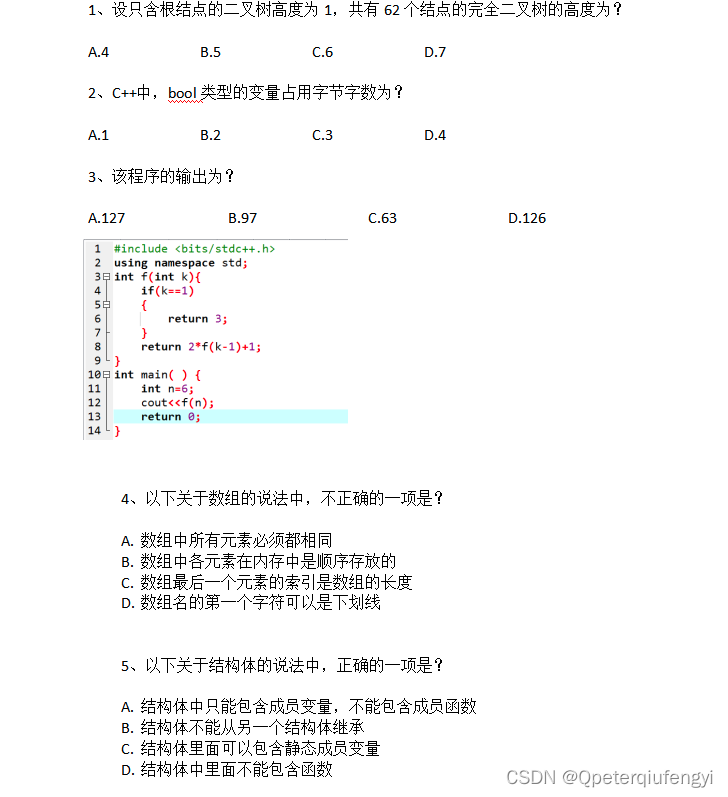
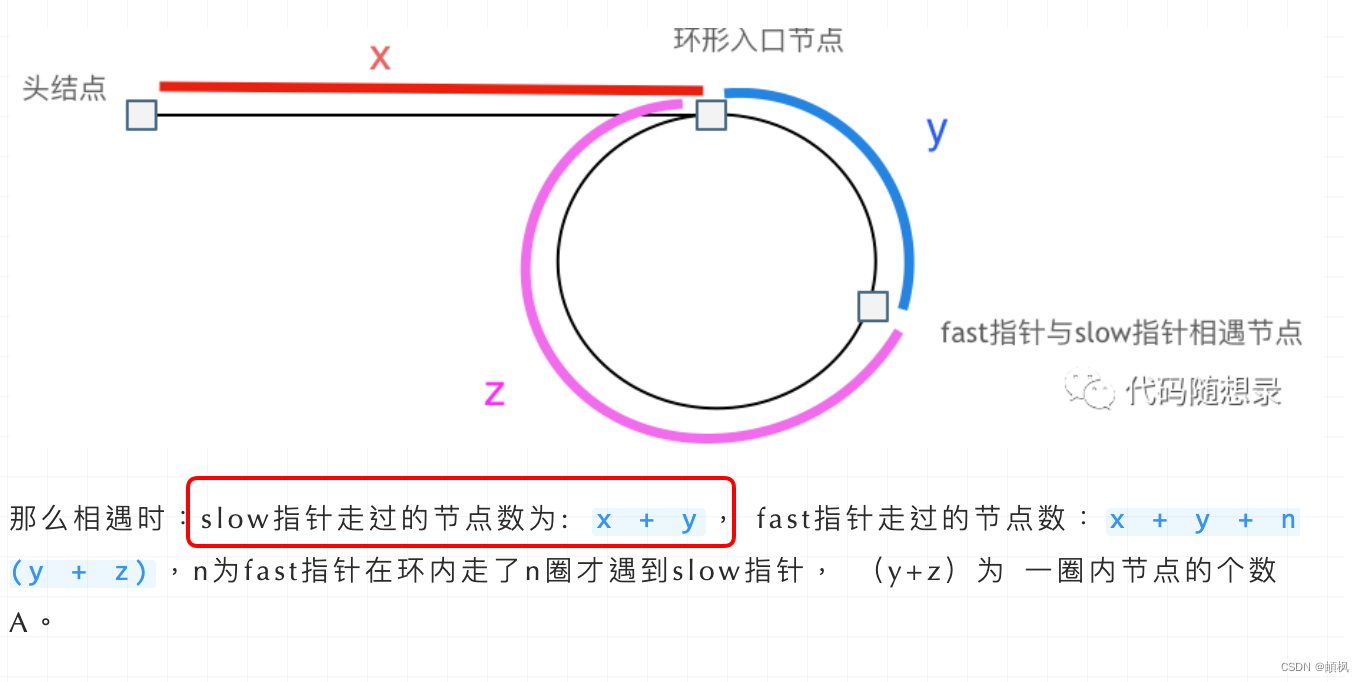
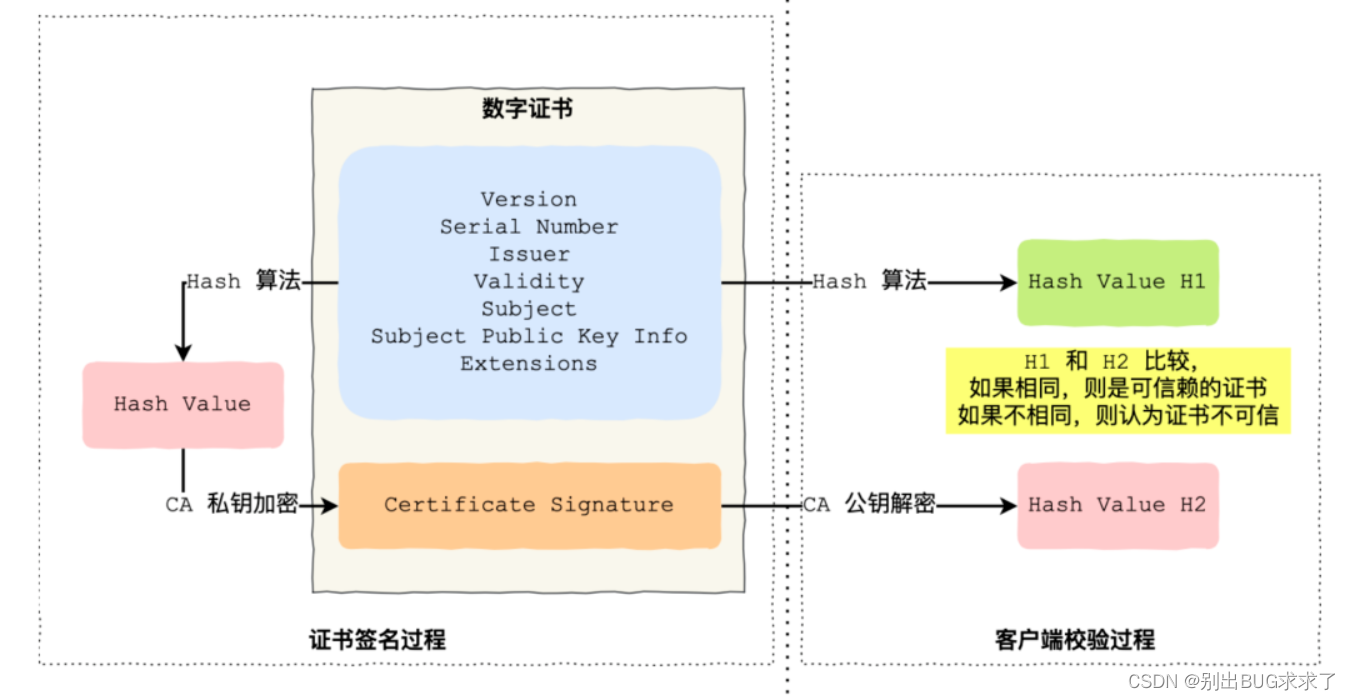

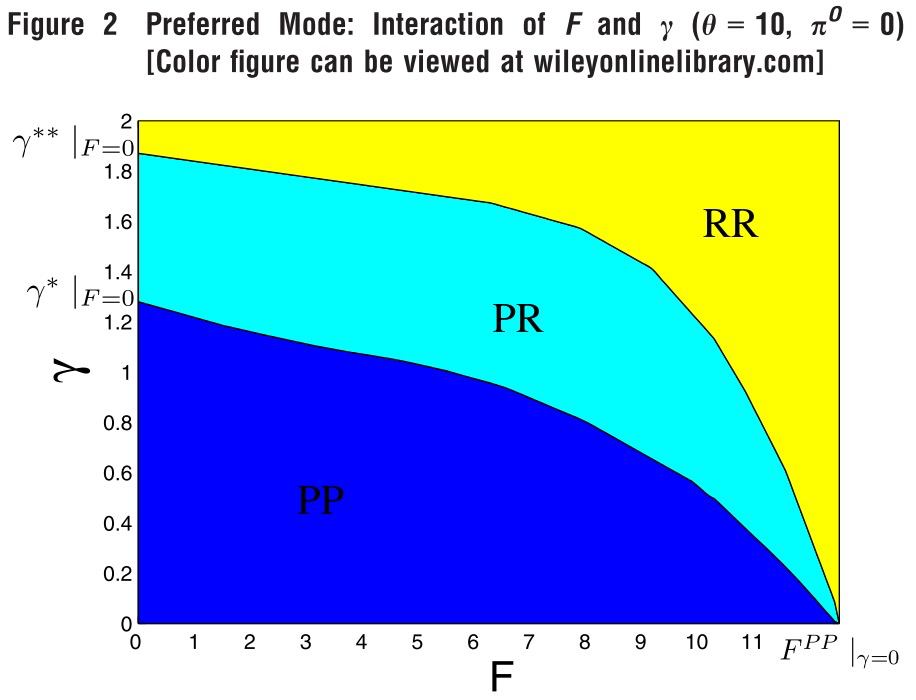
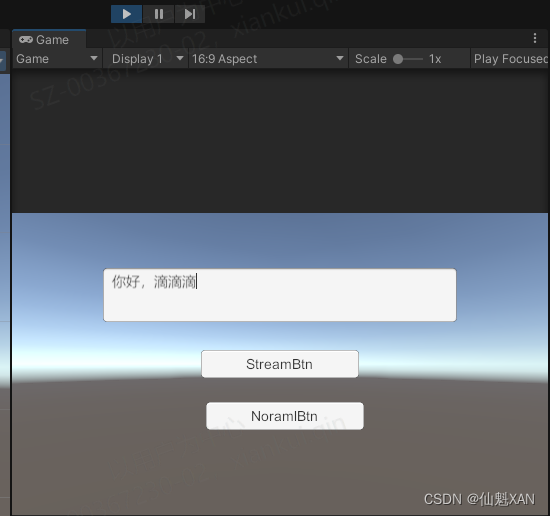

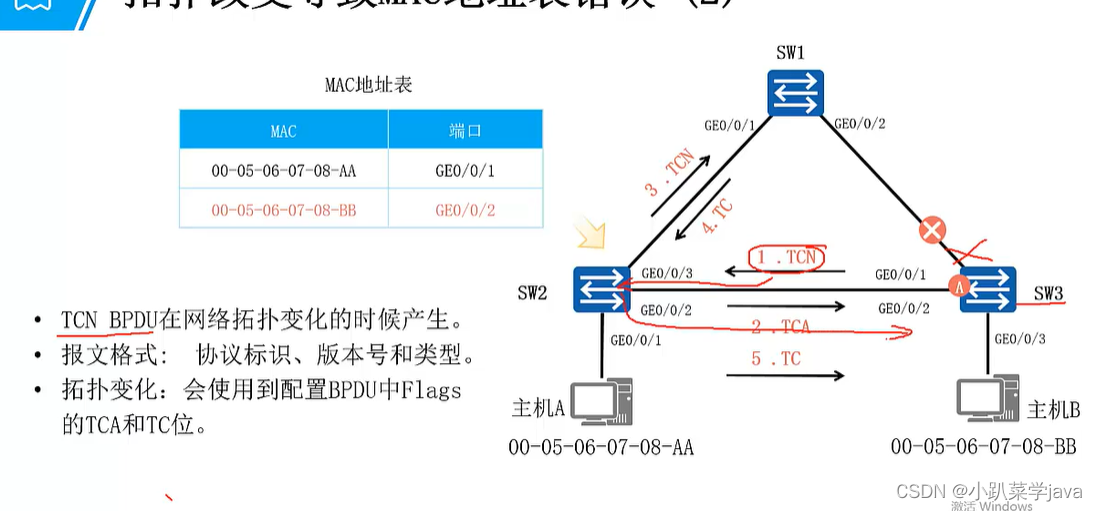

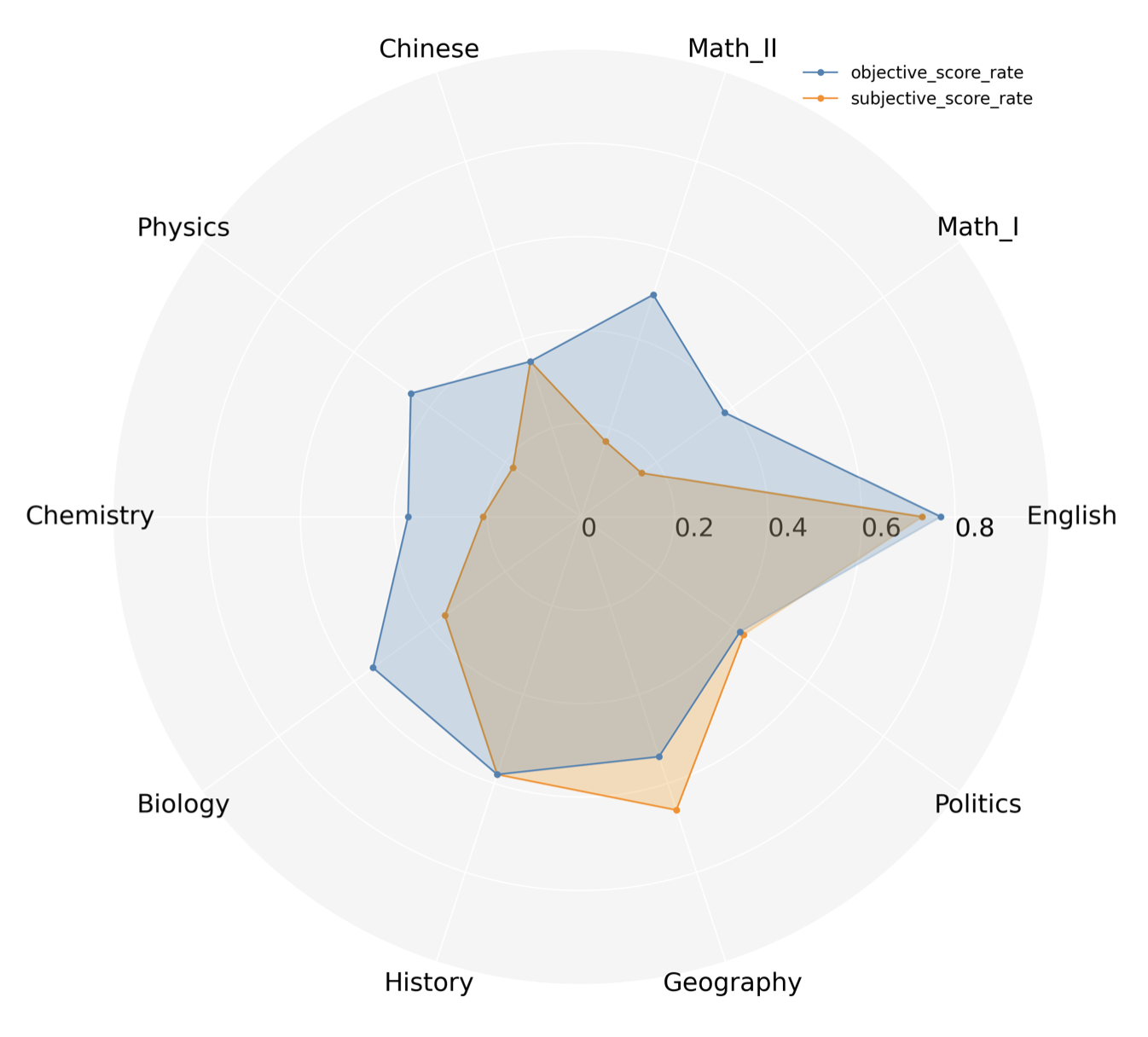



![CodeForces..构建美丽数组.[简单].[情况判断].[特殊条件下的最小值奇偶问题]](https://img-blog.csdnimg.cn/8860bc0df1dd400f80bf405e3ab05a2a.png)

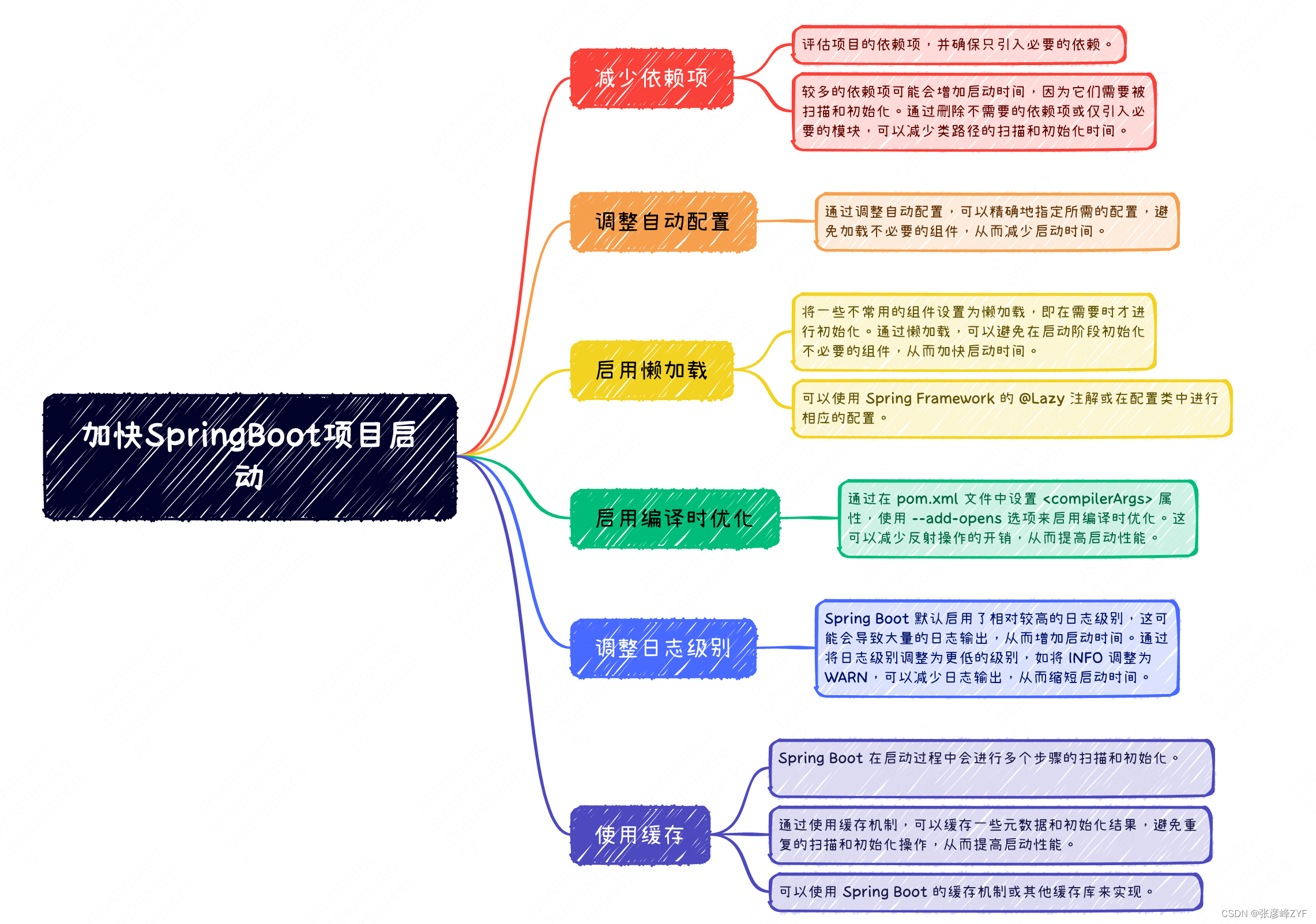

![[Nacos] Nacos Server处理心跳请求 (八)](https://img-blog.csdnimg.cn/b40e497e471c4e099cdce5071b100315.png)
